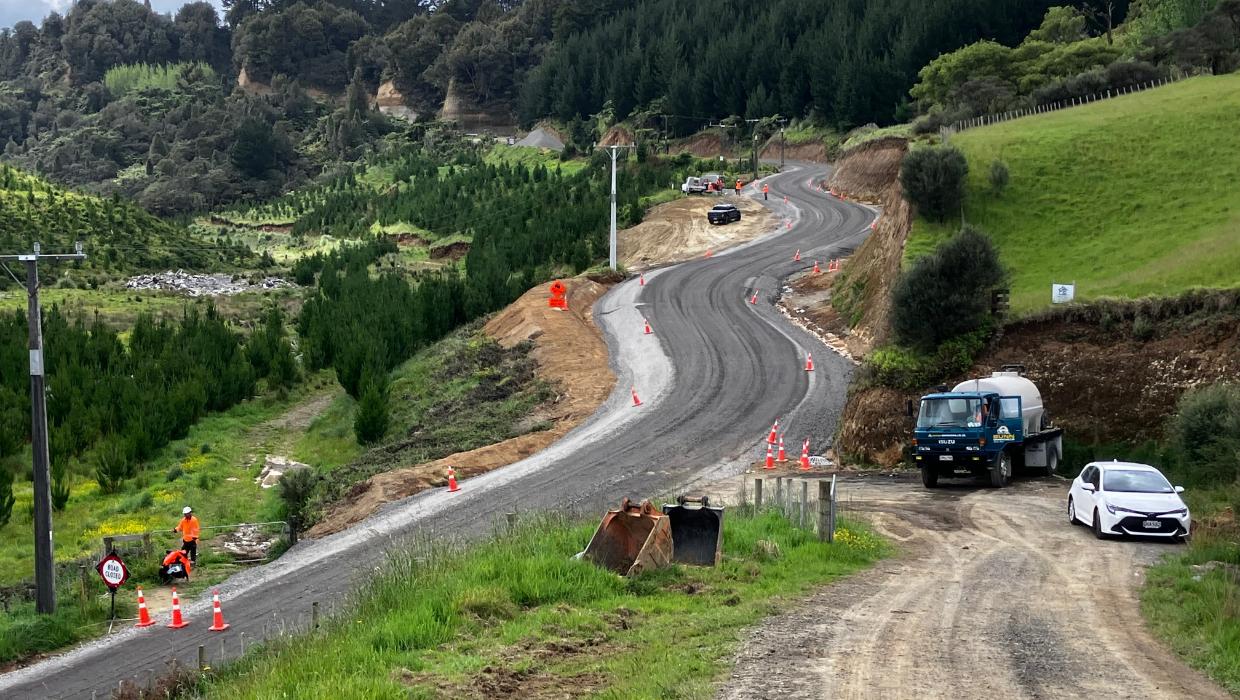Lifestyle
New Traffic Management Approach Enhances Safety and Reduces Costs

Transport and Infrastructure Minister Chris Bishop has praised the New Plymouth District Council for its innovative traffic management approach, which has resulted in improved safety, reduced costs, and expedited road projects. The council’s implementation of the New Zealand Guidelines for Temporary Traffic Management is seen as a significant advancement ahead of the national rollout scheduled for January 2024.
The guidelines are designed to prioritize the safety of road workers and users by assessing potential risks and selecting appropriate traffic control methods and equipment. This initiative was partly motivated by public dissatisfaction with the excessive deployment of road cones in various locations. In a formal letter to the council, Bishop acknowledged their efforts, stating, “I commend you for your efforts in playing a key role in the transformational shift for the sector.”
Cost Savings and Project Efficiency
The New Plymouth District Council began applying these guidelines in 2022, ensuring that staff were adequately prepared for the upcoming changes. According to a council press release, Sarah Downs, the council’s general manager of operational excellence, reported a 6% reduction in traffic management costs, surpassing their initial target of 5%.
One notable example of the success of these guidelines is the construction of a roundabout at the intersection of State Highway 3 and Princess St in Waitara. This project commenced in March 2023 and was completed by July 2024. Downs highlighted that this segment of the roundabout was completed in a quarter of the time typically required when using traditional stop-go traffic management.
Furthermore, the council coordinated with the NZ Transport Agency (NZTA) to install a new water main during the project’s closure, which resulted in an estimated savings of approximately $100,000 in project costs. Downs emphasized that the guidelines not only minimize the reliance on road cones but also ensure that the traffic management plan is tailored to the specific work and location.
The positive impact of this new approach is expected to resonate across New Zealand, setting a precedent for other councils to follow as the national implementation of these guidelines approaches.
-

 World3 months ago
World3 months agoTest Your Knowledge: Take the Herald’s Afternoon Quiz Today
-

 Sports3 months ago
Sports3 months agoPM Faces Backlash from Fans During Netball Trophy Ceremony
-

 Lifestyle3 months ago
Lifestyle3 months agoDunedin Designers Win Top Award at Hokonui Fashion Event
-

 Sports3 months ago
Sports3 months agoLiam Lawson Launches New Era for Racing Bulls with Strong Start
-

 Lifestyle3 months ago
Lifestyle3 months agoDisney Fan Reveals Dress Code Tips for Park Visitors
-

 World4 months ago
World4 months agoCoalition Forms to Preserve Māori Wards in Hawke’s Bay
-

 Health3 months ago
Health3 months agoWalking Faster Offers Major Health Benefits for Older Adults
-

 Politics3 months ago
Politics3 months agoScots Rally with Humor and Music to Protest Trump’s Visit
-

 Top Stories4 months ago
Top Stories4 months agoUK and India Finalize Trade Deal to Boost Economic Ties
-

 Entertainment3 months ago
Entertainment3 months agoExperience the Excitement of ‘Chief of War’ in Oʻahu
-

 World4 months ago
World4 months agoHuntly Begins Water Pipe Flushing to Resolve Brown Water Issue
-

 Science4 months ago
Science4 months agoNew Interactive Map Reveals Wairarapa Valley’s Geological Secrets









